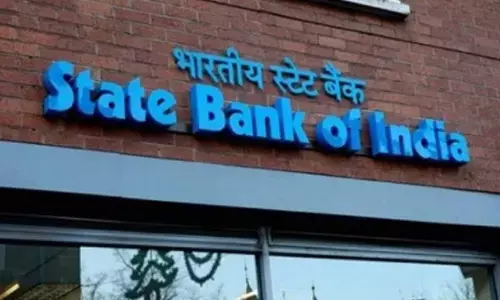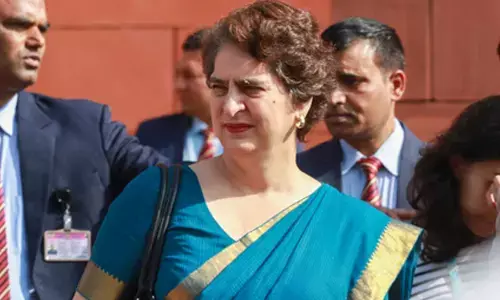GDP data: Fudging or Fascinating?

The government’s recent data suggests that the country’s economy is expected to grow at a five year high of 7.6 per cent in the current financial year. The government revised the methodology for calculating the GDP in January last year. This revised methodology is also responsible for arriving at inflated figures.
The government’s recent data suggests that the country’s economy is expected to grow at a five year high of 7.6 per cent in the current financial year. The government revised the methodology for calculating the GDP in January last year. This revised methodology is also responsible for arriving at inflated figures.
Exports account for a quarter of India’s GDP. The exports fell for 13 straight months until December. The global growth is dampened by sluggish demand. Thus a recovery may not be possible. The Wall Street Journal remarked that India is overstating its growth. Manufacturing is weaker than the numbers indicate. Factories aren’t using their full capacity. New orders look weak. Corporate earnings aren’t great, argues the world‘s premier business daily.
A recent survey of manufacturing companies by the Reserve Bank of India shows capacity utilisation fell in the three months ended Sept 30 to 70.6%, from 76% in the first quarter of 2014 and 78% the year before. The Central bank’s most-recent survey for the three months through September shows new orders have also been weak. The average profit after tax at the 30 companies on the country’s benchmark S&P BSE Sensex index fell 2% in the three months ended Sept 30, according to brokerage Motilal Oswal.
Inequalities are staring at the GDP figures. Analysis of the economic data reveals that the 7.3 per cent growth rate last quarter was fuelled by urban consumer spending while rural spending was subdued indicating the phenomenal rural distress caused by agrarian crisis. As majority of India lives in the rural areas, their exclusion from the growth process erodes its inclusiveness.
Even the private capital investment registered not much rise. Higher consumer spending coupled with very low capital formation triggers inflationary pressures in the economy and even increases the household and national debt. Debt induced spending stimulates growth if such a spending aims at capital formation. But, debt induced consumer spending is driving the present boom in India’s growth.
This is evident from the fact that retail loans are growing at a double digit rate while overall bank lending is increasing at a sluggish pace. According to the estimates released by Centre for Monitoring Indian Economy (CMIE) new private investment in the last quarter fell by 60 per cent. Stress loans in banks are at its worst level in 13 years. Still, the official data suggests the manufacturing led growth momentum making one skeptical of the assessment.
India’s debt-GDP ratio is expected to be 50.8 per cent by the end of this fiscal. This is relatively very high as it stood at 46.8 per cent in 2014-15 indicating sharp fall in nominal economic growth. Contrary to the government estimates, in its latest monetary policy review on February 2, the Reserve bank of India (RBI) stated that slackening agricultural and industrial growth are the prime reason for the loss in economic momentum .
The methodological inaccuracies and incongruencies in the growth data do not provide relief to the people. But, it only erodes the credibility of the official statistics. India should aim at fascinating growth which is equitable and inclusive rather than fudging calculations to create an optical illusion.

















